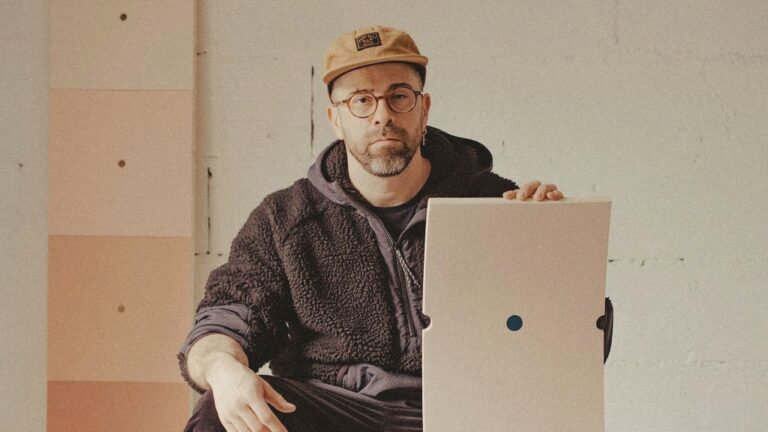
A Conversation with Alejandro Javaloyas
A Studio Visit During the La BIBI Residency
Born in 1933 in Biella, Italy, Michelangelo Pistoletto is one of the most influential contemporary artists of his generation. He was a leading figure in the Arte Povera movement, with a body of works rooted in Conceptual Art and figuration. The Italian artist is both a sculptor and a painter, who is best known for his conceptual sculpture and Mirror Paintings.
His interest in self-portraiture resulted in his first Mirror Paintings at the start of the 1960s. Pistoletto was interested in how he could not only depict himself in the painting but also incorporate the viewer in the picture using the reflection of the polished surface. The viewer becomes a natural part of the artwork, and the artwork becomes something else, depending on who is standing in front.
These early Mirror Paintings launched Pistoletto explosively onto the international art scene, resulting in solo exhibitions at renowned galleries and institutions. In the mid-1960s, the artist created his Minus Objects, starting his sculptural practice and Arte Povera. They comprised 28 disparate objects, breaking the notion of signature style, minimizing the role of authorship, and permitting the object to become autonomous and self-sufficient.
Pistoletto is an ardent advocate of the performative in art — both in his conceptual sculptures and figurative mirror paintings. The performance of the viewer entering the picture when becoming its spectator, or the artist, smashing his mirrors into thousands of pieces. Interactivity and spontaneity are crucial in the Italian artist’s practice. But also the duality of conceptualism and figurative representation, encompassing almost seven decades of art, making Michelangelo Pistoletto one of the most influential artists of his time.
Michelangelo Pistoletto is represented by industry-leading art galleries such as Simon Lee Gallery and Galleria Continua. He won the Golden Lion for Lifelong Achievement at the 2003 Venice Biennale, alongside several other notable recognitions and awards.
The artist participated at major art events such as the Biennale of Sydney, the Venice Biennale, or Documenta in Kassel. His works are featured in major museum collections, such as the Museum of Modern Art or the Centre Pompidou in Paris.
For further reading on Michelangelo Pistoletto, we highly recommend the following monographic publications:
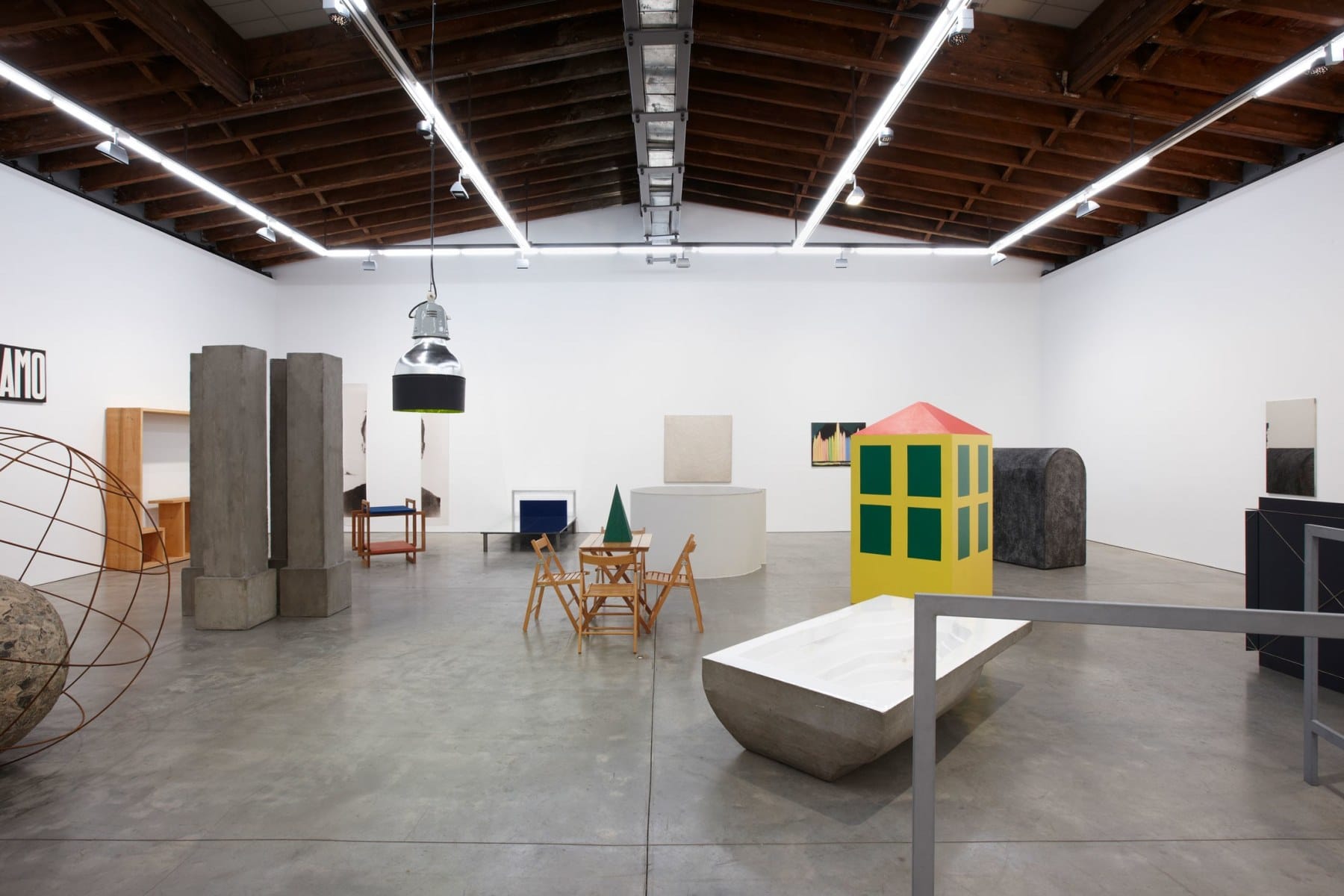
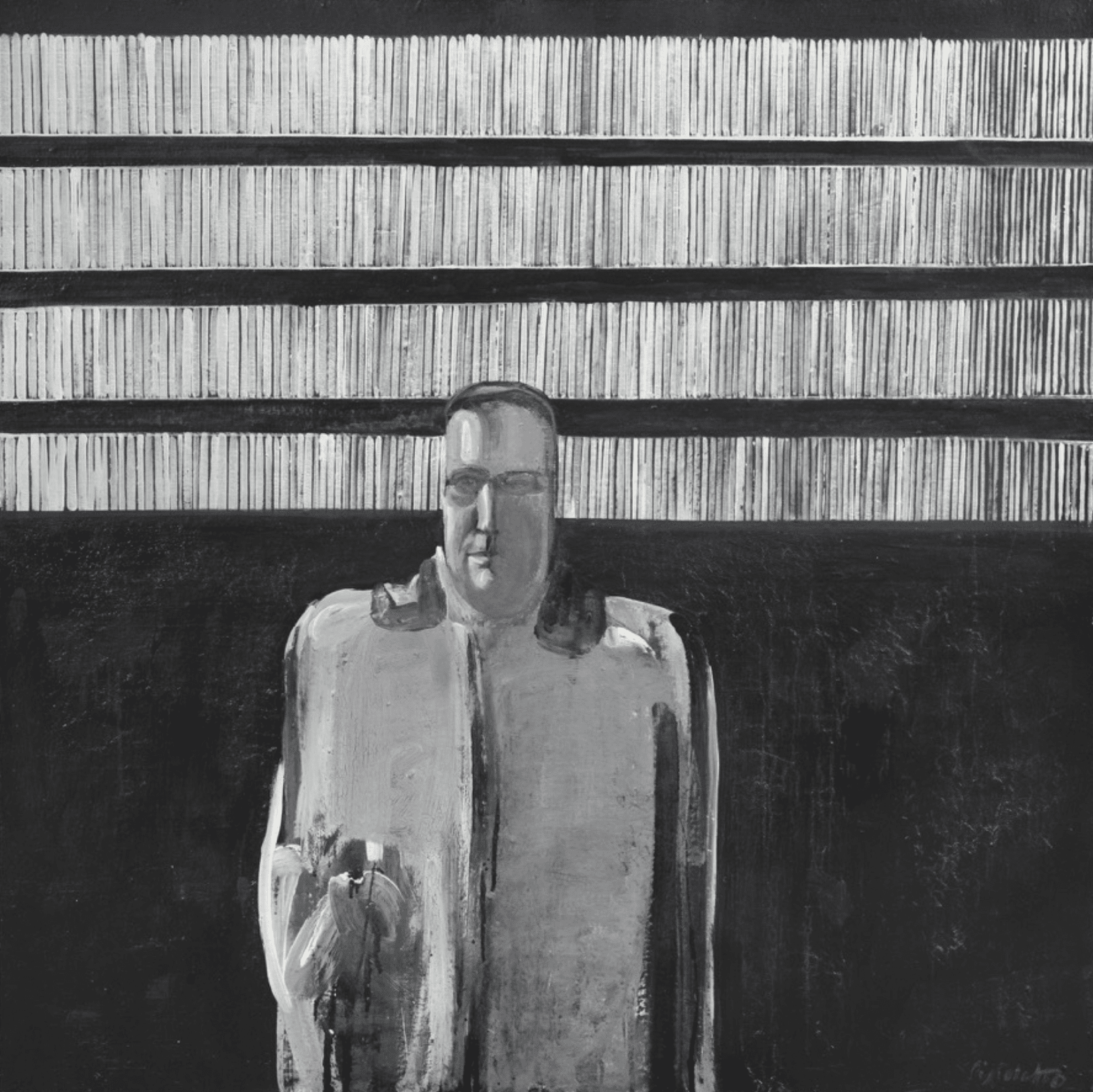
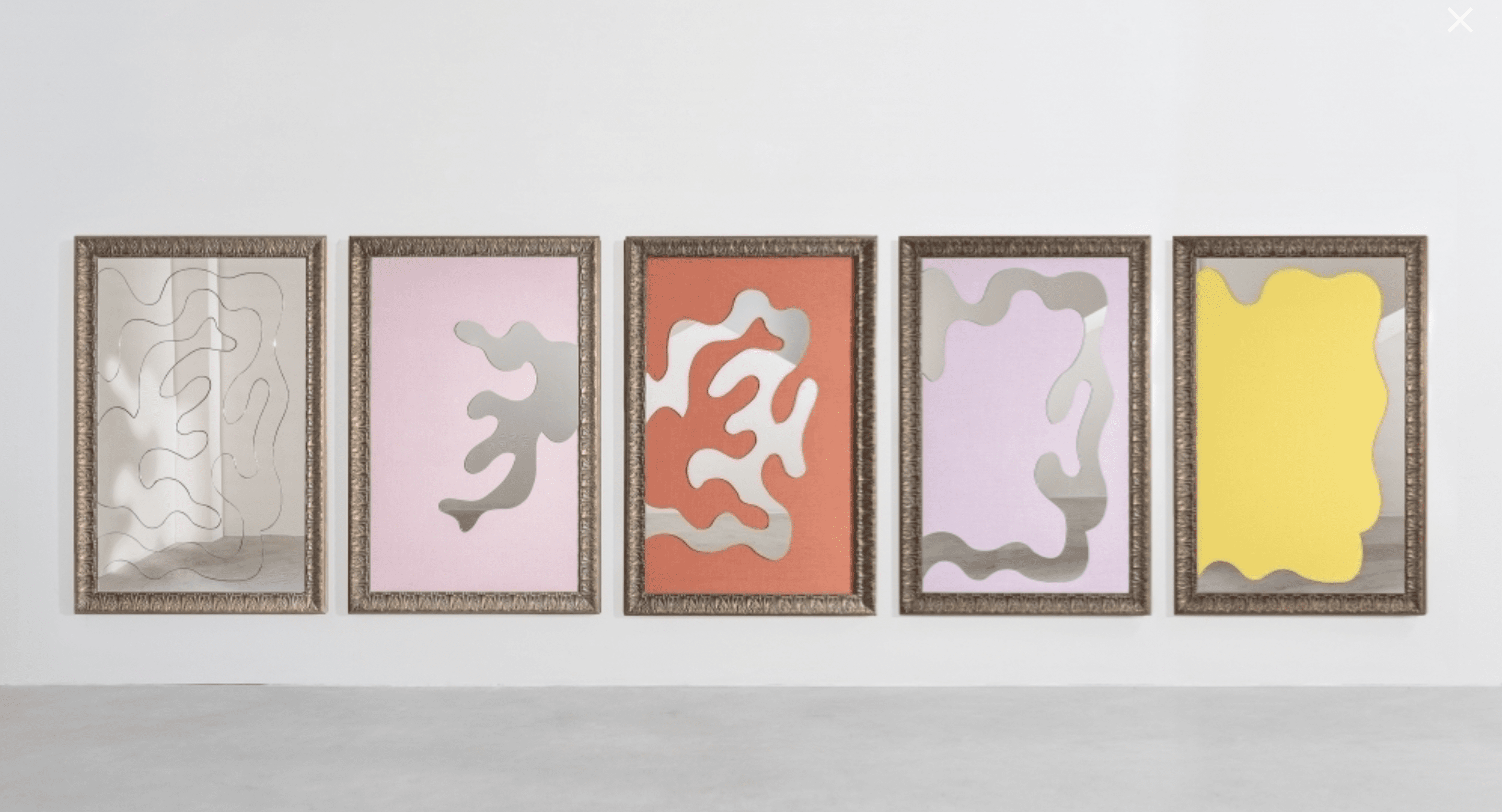
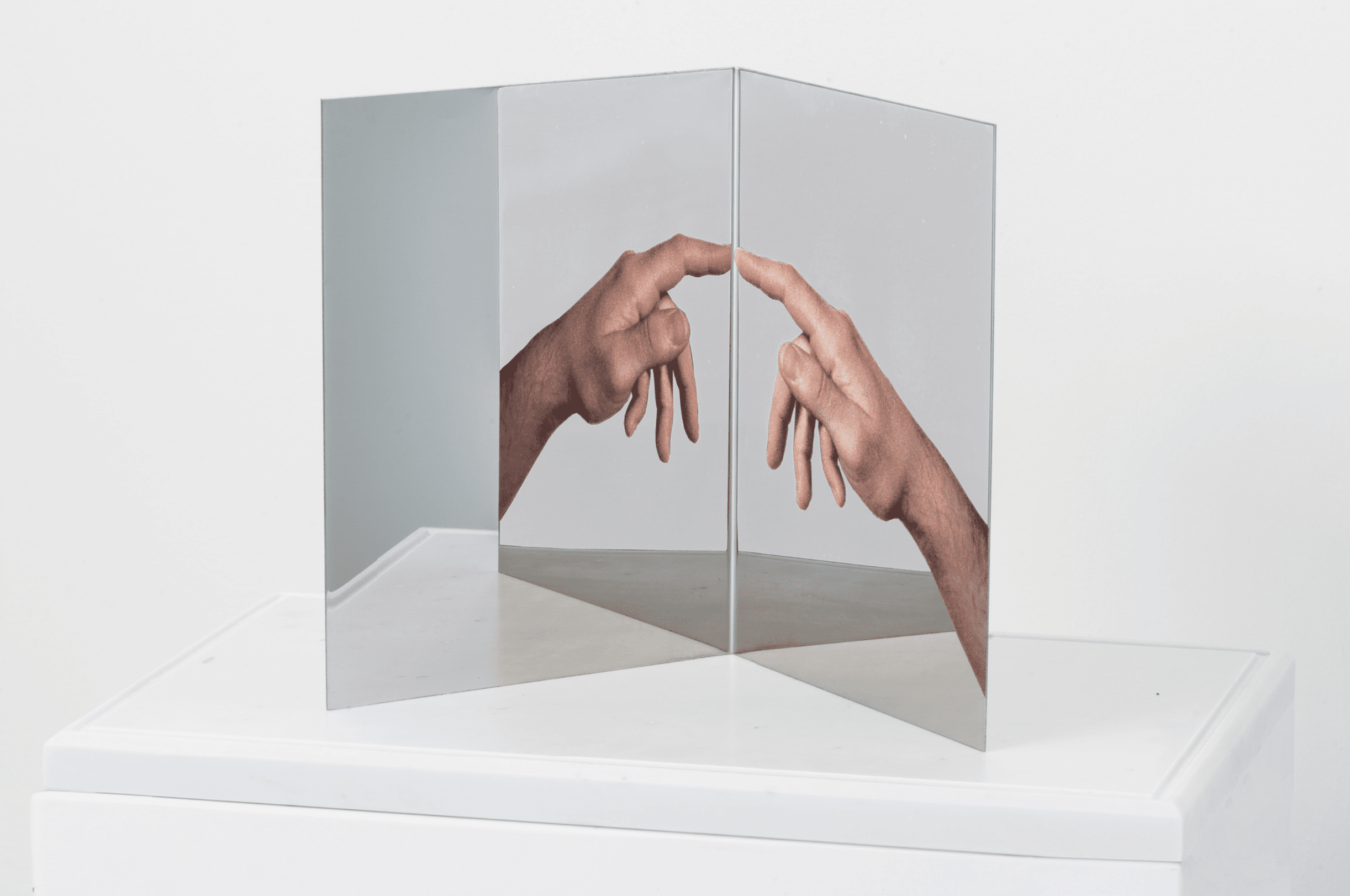
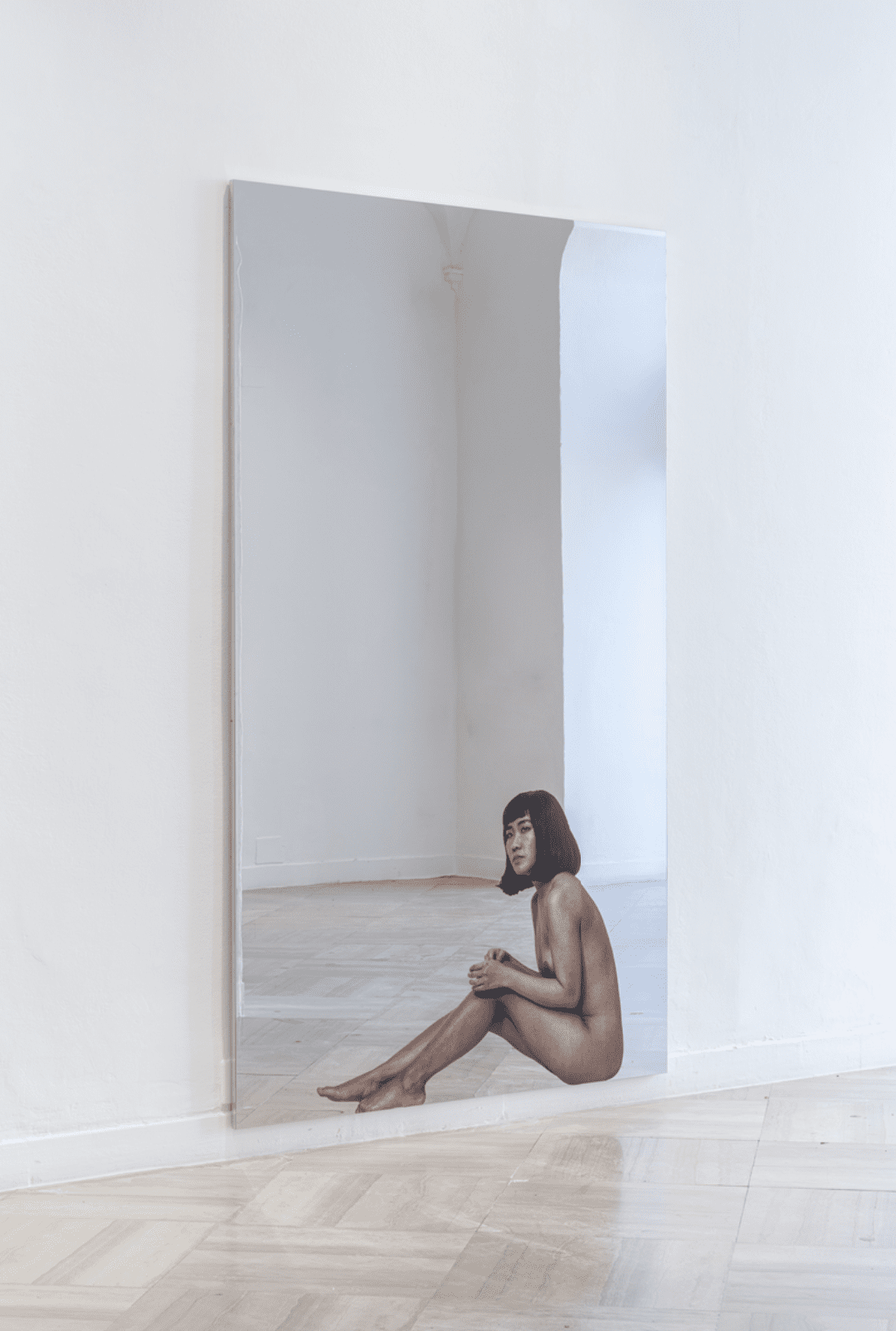
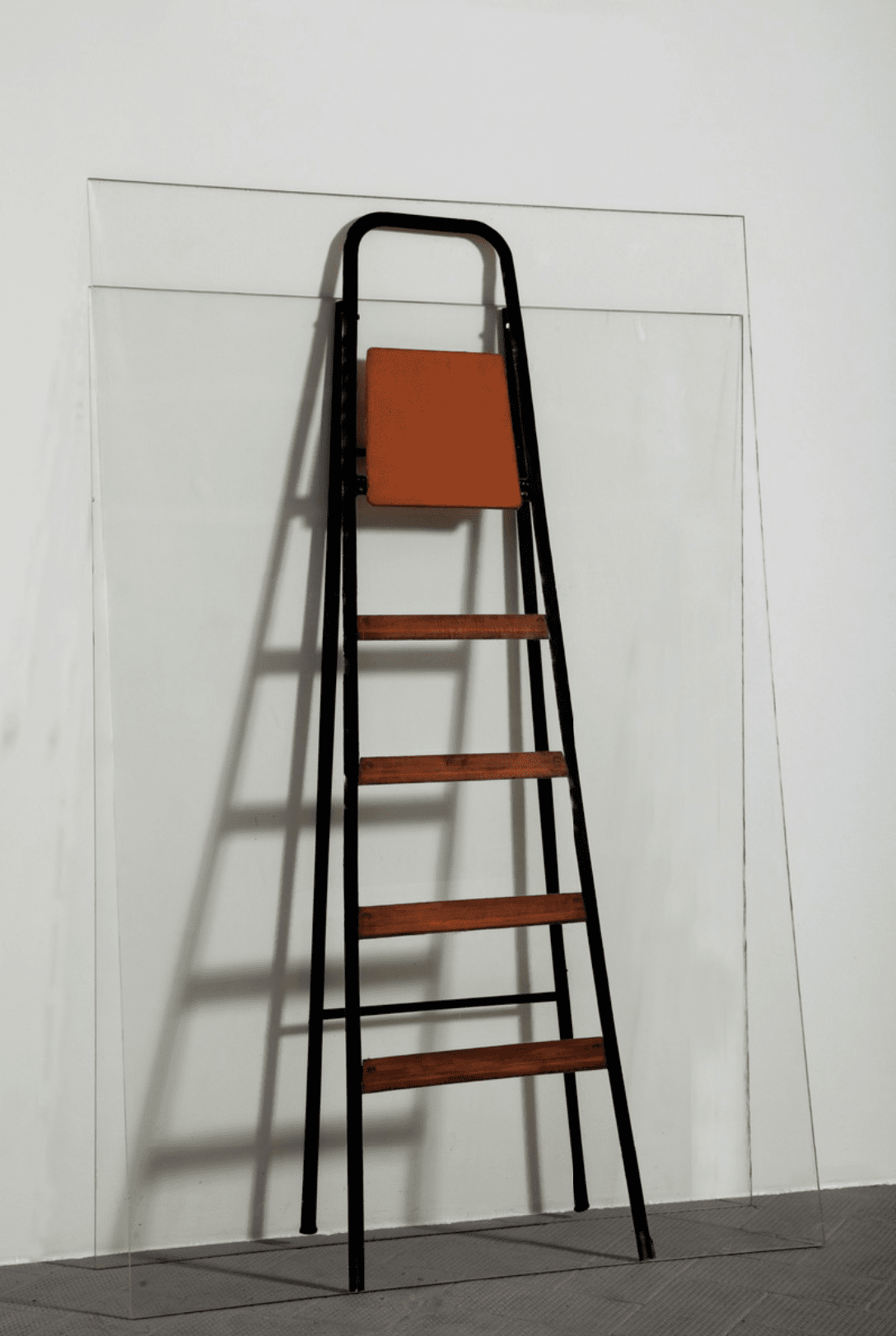
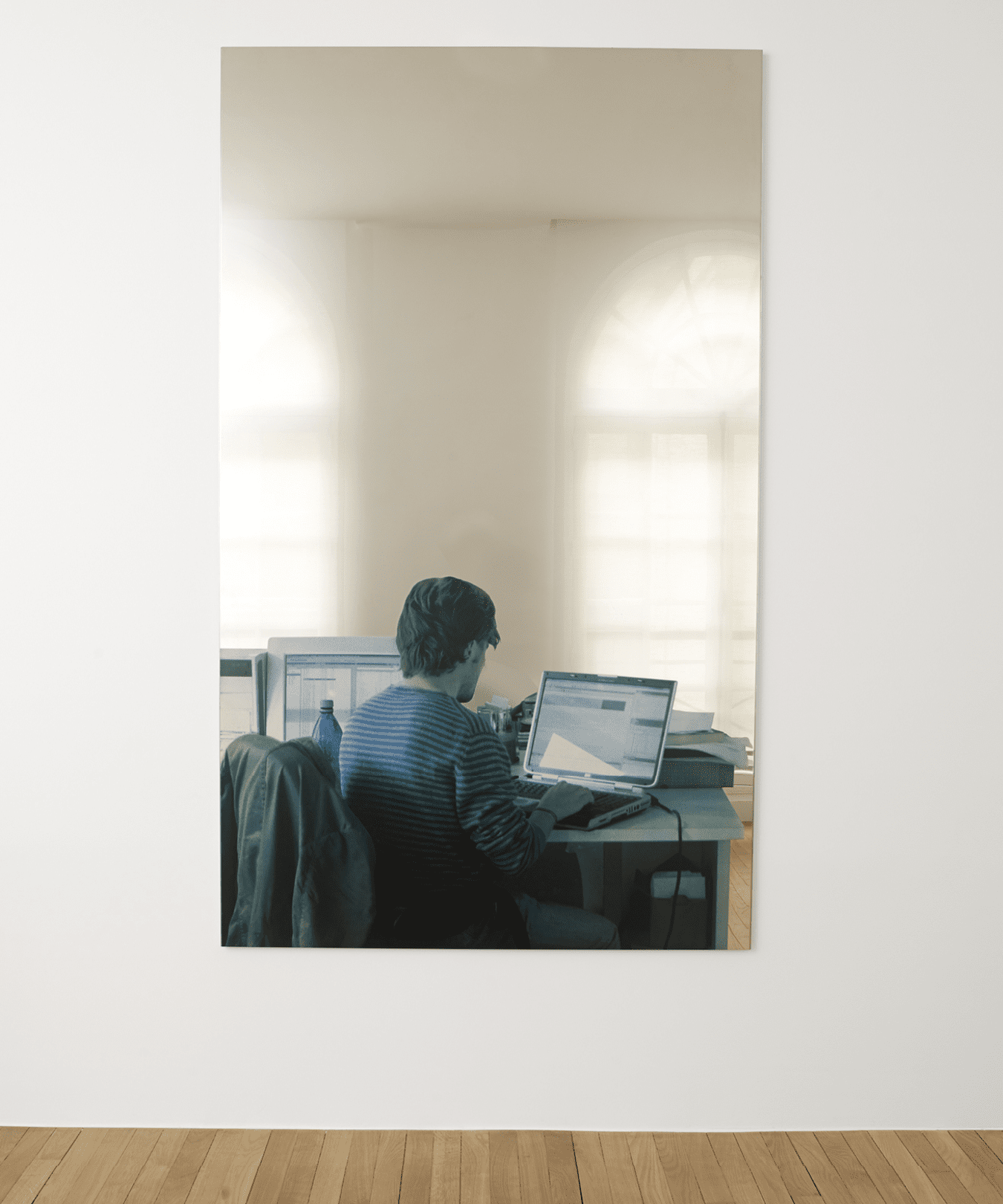
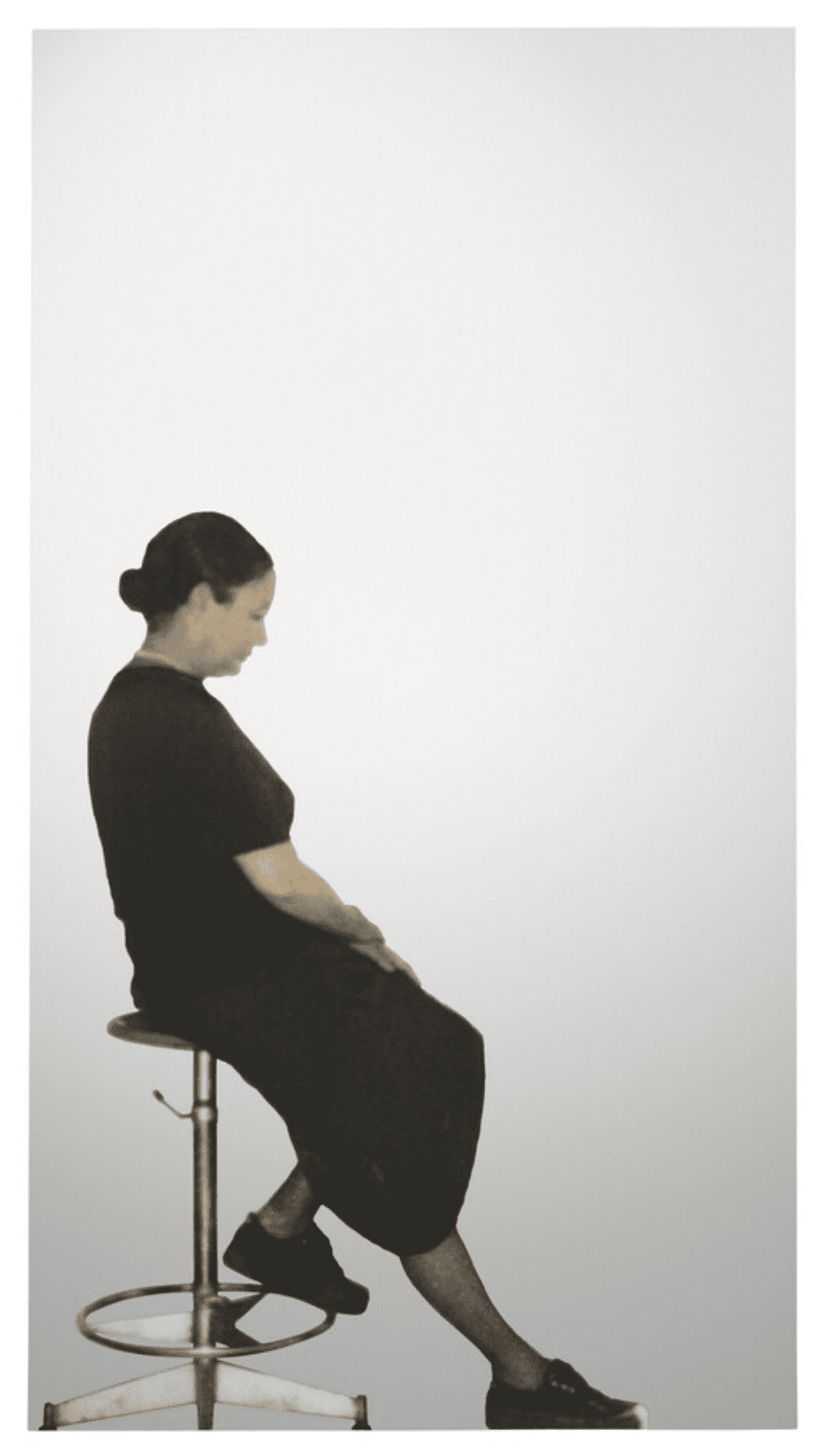
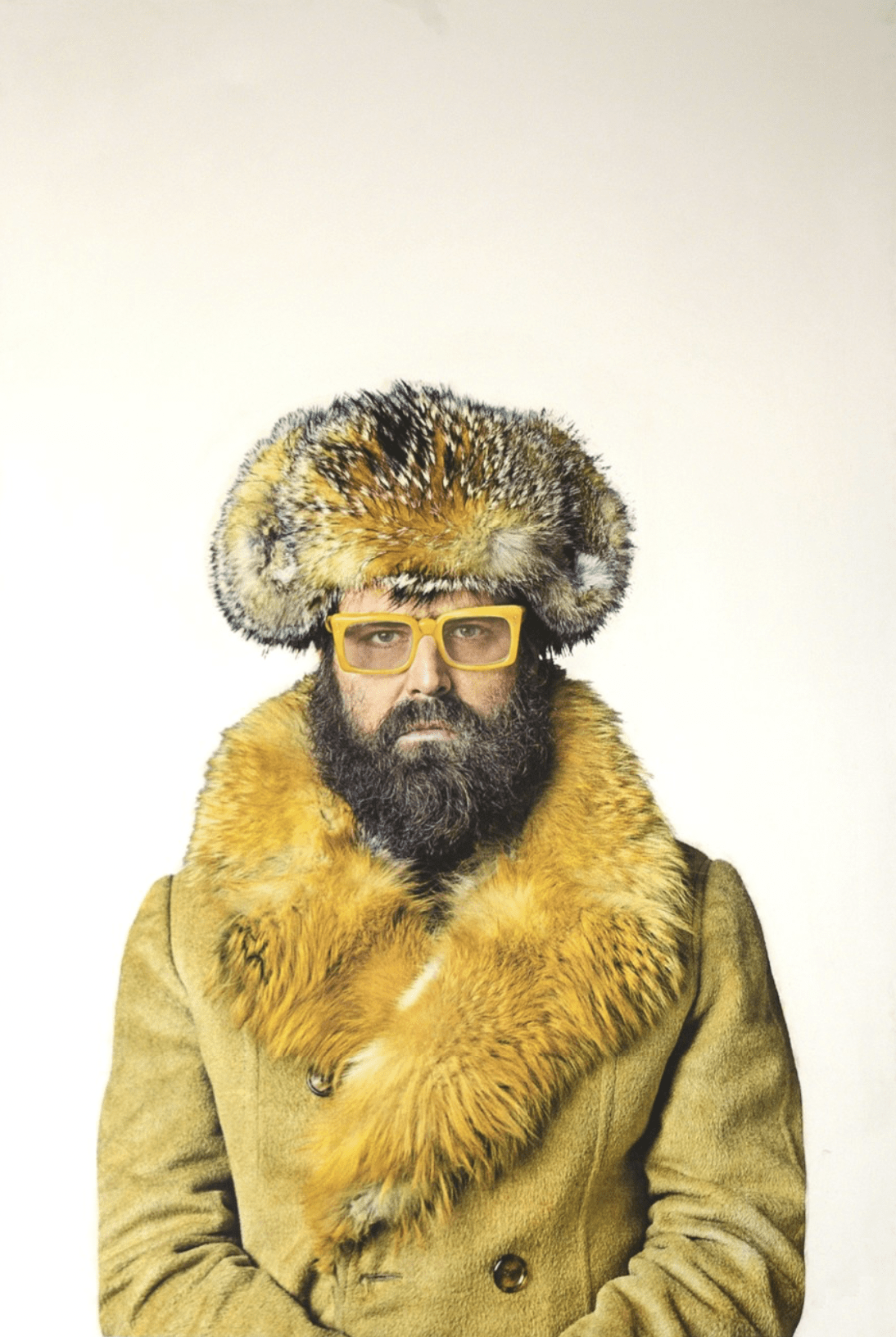
Last Updated on September 15, 2023

A Studio Visit During the La BIBI Residency
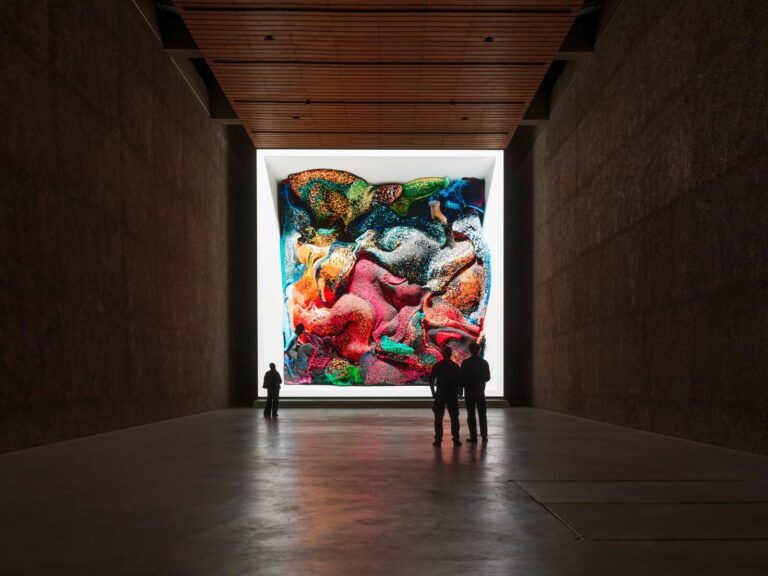
A Reasoned Anthology